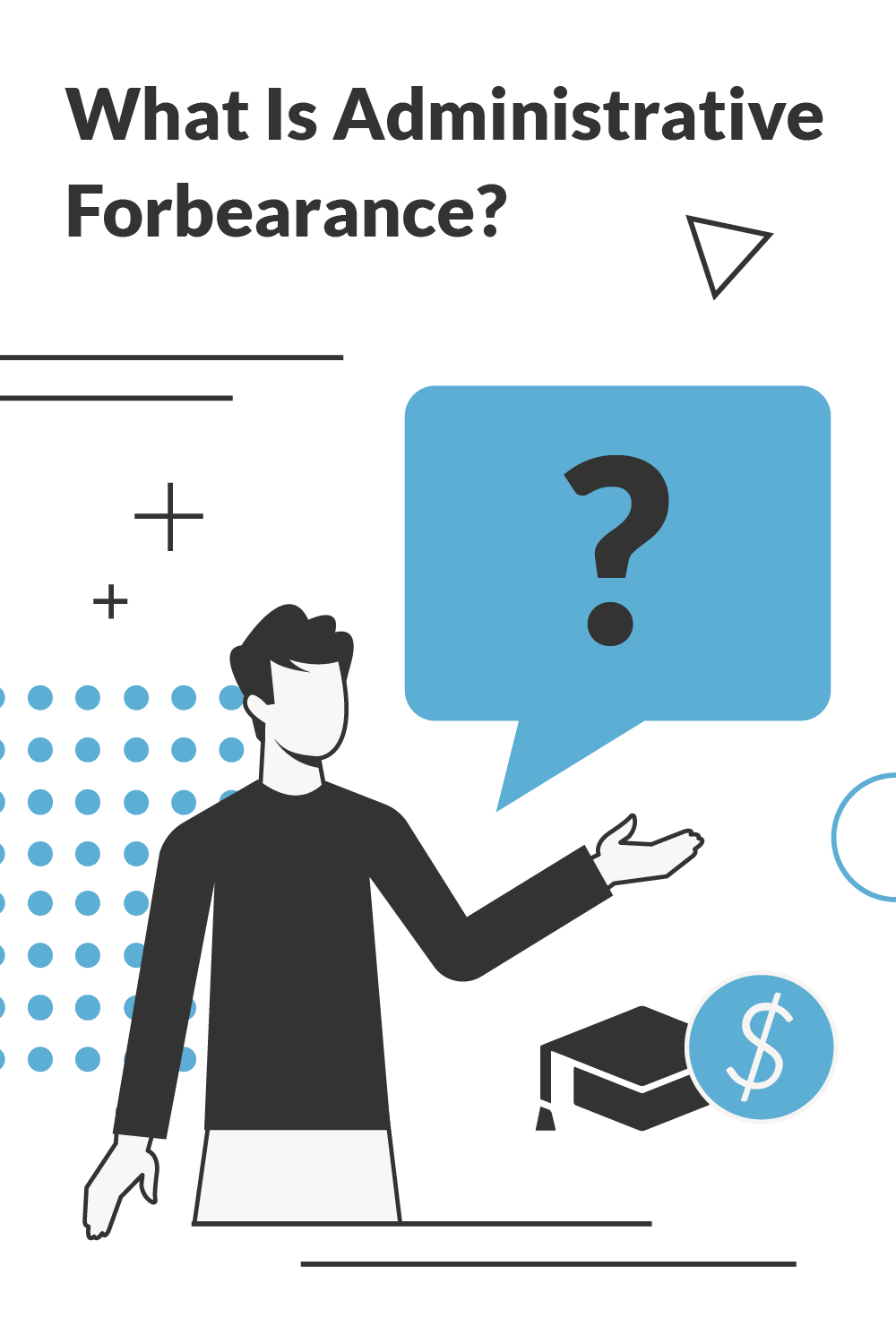
What Is An Administrative Forbearance?
This question is about Forbearance.
Millions of student loan borrowers have recently found themselves in "administrative forbearance", whether they wanted to be or not. So what is it? How it is different than other types of student loan forbearance?
Forbearance is pretty straightforward: you don't have to make payments on your student loan while you're in forbearance. But beyond that, the "type" of forbearance you're in really makes a difference.
Let's break down what you need to know about administrative forbearance and how it might impact you.
⚠︎ SAVE Plan Borrowers
All borrowers on the SAVE student loan repayment plan have been placed in an administrative forbearance due to the pending lawsuits. Learn more about the litigation here.
Administrative Forbearance vs. Other Forbearance Types
Administrative forbearance is a period of time that you're not required to make payments on your student loans. It's "administrative" because the administrators (i.e. the Department of Education or your loan servicer) put you in forbearance.
Administrative forbearance means that you don't have to make any loan payments, and the interest rate on your loan is set to 0% while you're in the forbearance.
Furthermore, time spend in administrative forbearance usually counts for PSLF and IDR loan forgiveness. Note: this doesn't apply to the current SAVE administrative forbearance.
There are several types of administrative forbearances. Right now, we're seeing a processing forbearance - this is a 60 day forbearance to allow loan servicers time to process your repayment applications (interest accrues but it counts towards PSLF).
We also see a general forbearance, which is just a standard forbearance where interest does not accrue. This is happening due to the court cases.
Why Am I In Administrative Forbearance?
There could be multiple reasons why you're in administrative forbearance, but they all go back to either the Department of Education or your loan servicer requiring it.
In August 2024, all borrowers in the SAVE student loan repayment plan were placed into administrative forbearance because of a court order blocking the implementation of SAVE. Until the Department of Education has clear guidance, they decided the best approach to prevent borrower chaos was to simple place all borrowers impacted on administrative forbearance.
Does Administrative Forbearance Count For PSLF?
Typically, any time you are placed in administrative forbearance, your time will count for Public Service Loan Forgiveness (PSLF). This was codified in new regulations that went into effect in July 2023 (see § 685.205(b)(8)).
However, the current lawsuit blocking the SAVE repayment plan has blocked this for everyone in administrative forbearance. As a result, time spend in administrative forbearance in August 2024 onward does not count for PSLF.
Previous time spent in administrative forbearance, such as the months when payments resumed in September and October 2023, does count for PSLF as long as you meet the other eligibility requirements.
Can You Opt-Out Of Administrative Forbearance?
No, you cannot opt out of an administrative forbearance. In fact, for many borrowers in the SAVE Plan, it's likely just best to wait and see what does happen moving forward.
For borrowers worried about the potential impact to Public Service Loan Forgiveness, borrowers should save their estimated monthly payments and plan to do a PSLF Buy Back.
Loan Servicer Specific Forbearance Issues
Here are some issues specific to loan servicers.
MOHELA Administrative Forbearance
MOHELA was one of the first loan servicers to utilize an administrative forbearance due to loan servicing issues. There were cases of late or missing statements, inaccurate repayment plans, and more. As a result, MOHELA put almost 3 million borrowers into administrative forbearance.
NelNet Administrative Forbearance
When repayments resumed in October 2023, NelNet was also forced to put borrowers into administrative forbearance as it struggled to process income-driven repayment plan requests.

Robert Farrington is America’s Millennial Money Expert® and America’s Student Loan Debt Expert™, and the founder of The College Investor, a personal finance site dedicated to helping millennials escape student loan debt to start investing and building wealth for the future. You can learn more about him on the About Page or on his personal site RobertFarrington.com.
He regularly writes about investing, student loan debt, and general personal finance topics geared toward anyone wanting to earn more, get out of debt, and start building wealth for the future.
He has been quoted in major publications, including the New York Times, Wall Street Journal, Washington Post, ABC, NBC, Today, and more. He is also a regular contributor to Forbes.
Editor: Colin Graves
